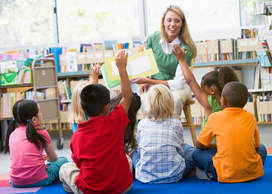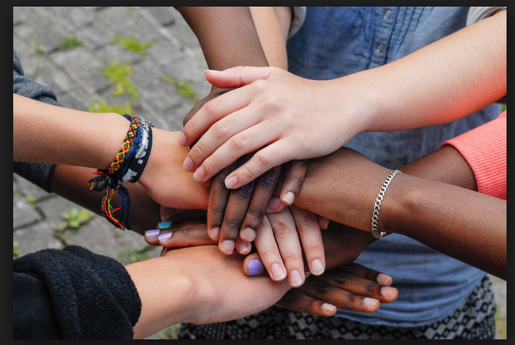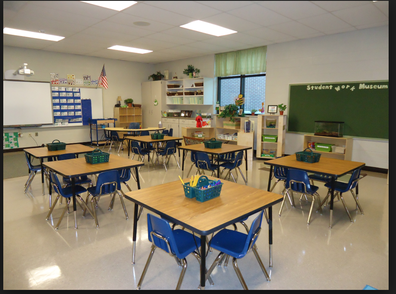
Students intrinsically want to connect with their teachers. They also desire to be individually known by their teachers. Students who feel their experiences are unwelcome or unimportant find it extremely difficult to engage in meaningful discussion within a classroom. Therefore, it is important that teachers provide safe spaces where students are seen, valued, cared for and respected in order to create a positive classroom environment.
Teachers can show they value students’ lives and identities in a variety of ways. Teachers can accomplish this by learning student’s names, taking an interest in their activities, and understanding student’s family backgrounds. Physical behaviors can also help to develop positive interactions. A hug, high five, or even a smile can go a long way when greeting students by creating a meaningful caring relationship between student and teacher.
Dialogue is another way to elicit a positive classroom climate. Student's self esteem and motivation are enhanced when teachers elicit their experiences in classroom discussions. They also become more engaged in lessons. All students can be empowered by creating genuine dialogue between the teacher and students. The empowerment comes from the knowledge that when they speak, they will be listened to, respected, and acknowledged.

Teachers that have students with different backgrounds need to be sensitive and understanding of the differences between them. Teachers can do this by avoiding stereotypes, acknowledging differences in every day practices, and keeping open communication in the classroom. By respecting student differences, teachers can positively influence all students in the classroom. In order to have a culturally respectful classroom, teachers need to develop rules about sexist or racist language and ethnic stereotypes that have a no tolerance policy. If these kind of actions are dismissed by the teacher, students will be harmed. They will not only be insulted and demeaned, but they will also feel negative about the classroom social experience and will not be able to work together with their classmates.
Showing respect and care will help cut down on bullying. In addition, when the teacher provides guidance and control in the classroom, the classmates will develop the sense that all classroom members are all a part of a team that is devoted to the well being of all members. The teacher can help develop teamwork in the classroom by giving group work and using game play to develop social skills.
Classroom setup can also aid the teacher in developing a positive classroom environment. Teachers can group children together in cooperative grouping in order to better develop an inclusive multicultural classroom. Students who work collaboratively in groups with classmates from different cultures become better prepared for the real world.
In my experiences as a private music educator, I have been able to create a positive climate in my classroom on an extremely small scale. While each session only has one student, typically a friend, sibling, or parent will be viewing the class. In these cases I like to use all members in the classroom as a "group" and try to establish discussion, activities, and general communication amongst all members. Both the students and parents appreciate this type of classroom climate because they are all very involved in the learning of the student and the progression of the class. While I expect more difficulties to come from managing an entire class of elementary students, I am glad to know that I am already incorporating positive classroom techniques in my current position as a private music educator.
References:
Edutopia. (2010). Smart Hearts: Social and Emotional Learning Overview [Video]. Retrieved from https://youtu.be/4wOWEGyO60o Fallon, K. (2018). Developing Positive Relationships With Students [Video]. Retrieved from https://spark.adobe.com/page/ToMqlsM8lwO89/ Good Morning America. (2017). Teacher Has Personalized Handshakes with Every Single One of His Students [Video]. Retrieved from https://youtu.be/I0jgcyfC2r8 Marzano, R. (2007). The Art and Science of Teaching. Alexandria, VA: Association for Supervision and Curriculum Development.
1 Comment
What an informative and fascinating blog post! I see all sorts of great strategies that I could use in my own classroom from the work you shared here. I also enjoyed watching your video and seeing you how you fully develop the ideas from the video in this blog post. In particular, I agree completely with your use of cooperative grouping to build a positive classroom environment. Thanks for sharing!
Reply
Leave a Reply. |
Details
AuthorKristen Fallon: Student, Teacher, Musician, Fun loving person! Archives
March 2019
Categories |

 RSS Feed
RSS Feed
